Birds, with their melodious songs echoing through forests and gardens, have captivated human attention for centuries. While we often focus on the beauty and complexity of these avian melodies, one crucial component frequently goes unappreciated: rhythm. Just as rhythm forms the backbone of human music, providing structure and emotional resonance, it plays an equally vital role in birdsong. This rhythmic foundation helps birds communicate effectively, attract mates, defend territories, and even express their unique identities within their species. From the precise timing of the nightingale’s varied phrases to the metronomic precision of the woodpecker’s drumming, rhythm represents a fundamental aspect of avian communication that merits deeper exploration and appreciation.
The Fundamental Elements of Birdsong
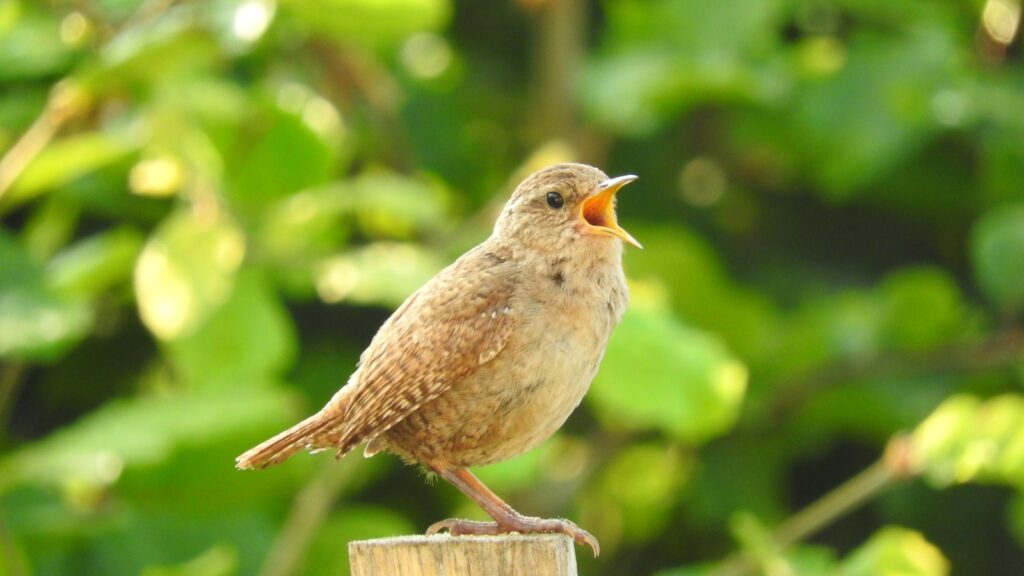
Birdsong comprises several distinct components that work together to create the complex vocalizations we hear in nature. Pitch (the frequency of sound), timbre (the quality or tone color), amplitude (volume), and importantly, rhythm (the temporal pattern of sounds and silences) all contribute to birdsong’s structure. These elements combine in species-specific ways to create distinctive songs that serve multiple biological functions. While pitch variations might create melody and timbre provides characteristic sounds, rhythm creates the underlying framework that holds these elements together coherently. Without proper rhythm, even the most beautiful notes would fail to form recognizable patterns, rendering communication ineffective. Scientists studying avian vocalizations have increasingly recognized rhythm as not merely a decorative element but a crucial communication component that deserves focused attention.
Rhythm as a Species Identifier
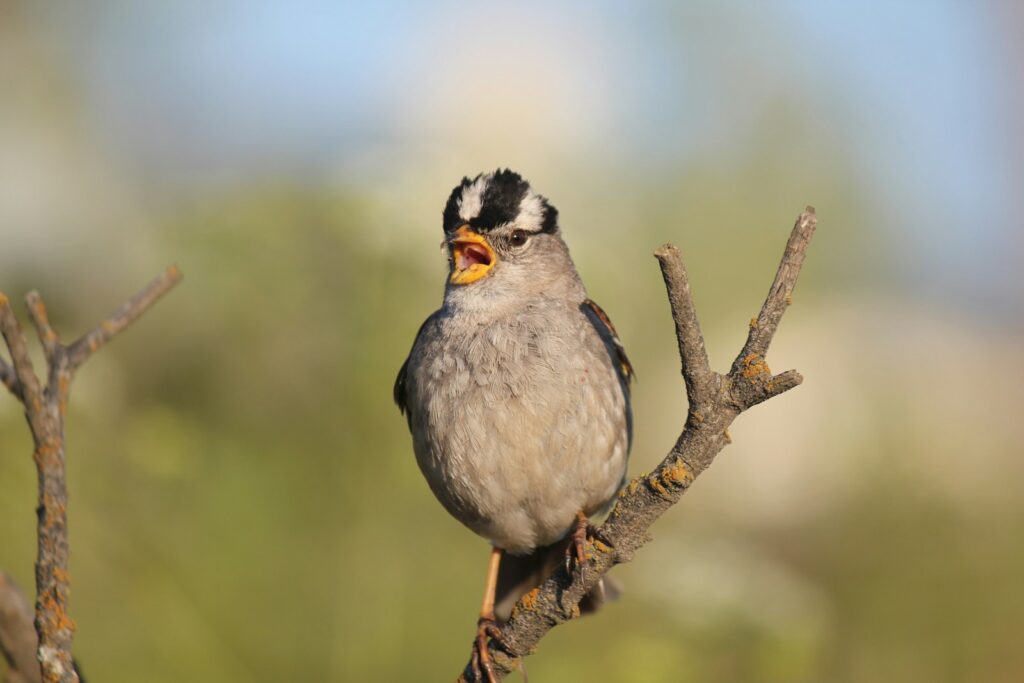
Rhythm serves as an acoustic fingerprint that helps birds identify members of their own species in environments where multiple species vocalize simultaneously. Each bird species typically has characteristic rhythmic patterns that remain consistent across populations, even when other song elements might vary geographically. For instance, the white-crowned sparrow maintains distinct rhythmic signatures across different dialects throughout North America, allowing individuals to recognize conspecifics despite regional variations in melody. This rhythmic consistency provides a reliable identification mechanism in noisy environments where other song components might be masked or distorted. Researchers have demonstrated that birds often respond more strongly to playback of songs with the correct species-specific rhythm, even when other acoustic features have been experimentally altered, underscoring rhythm’s importance in species recognition.
Rhythm in Mate Selection
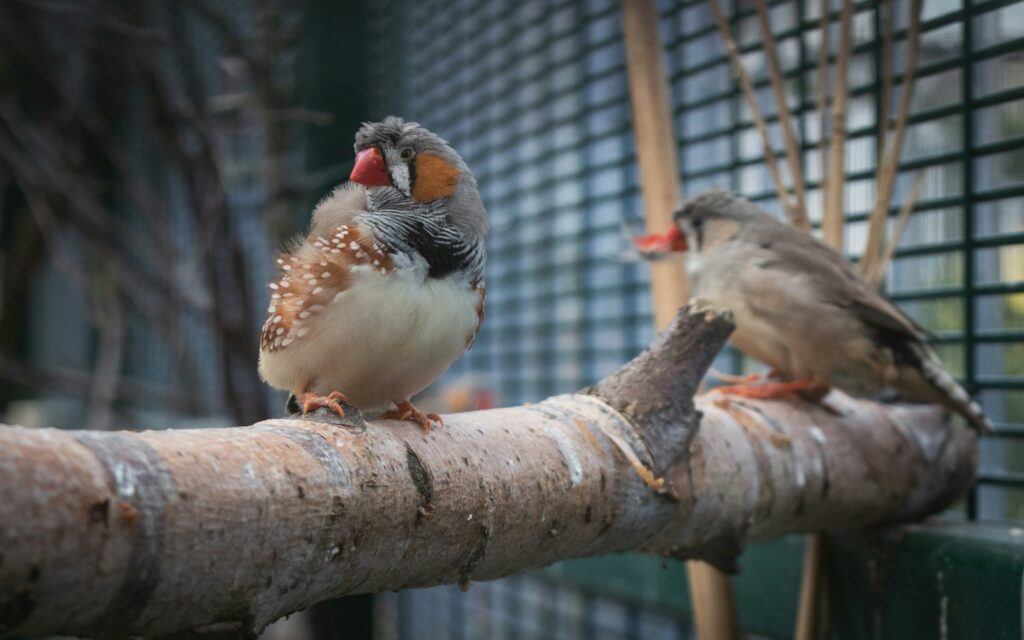
Female birds frequently use rhythmic precision as a criterion when selecting mates, evaluating males partly on their ability to produce temporally consistent songs. Males who can maintain complex rhythmic patterns without deviation often signal superior neural development and overall genetic quality. In species like the zebra finch, females show preference for males who maintain consistent tempo and rhythmic structure throughout their courtship displays. Laboratory studies have demonstrated that artificial disruption of a male’s natural rhythm significantly reduces his attractiveness to potential mates, even when the notes themselves remain unchanged. This selective pressure has likely contributed to the evolution of remarkable rhythmic abilities in many songbird species, where males invest considerable energy in perfecting their temporal precision during the developmental learning phase.
Neural Mechanisms Behind Rhythmic Processing
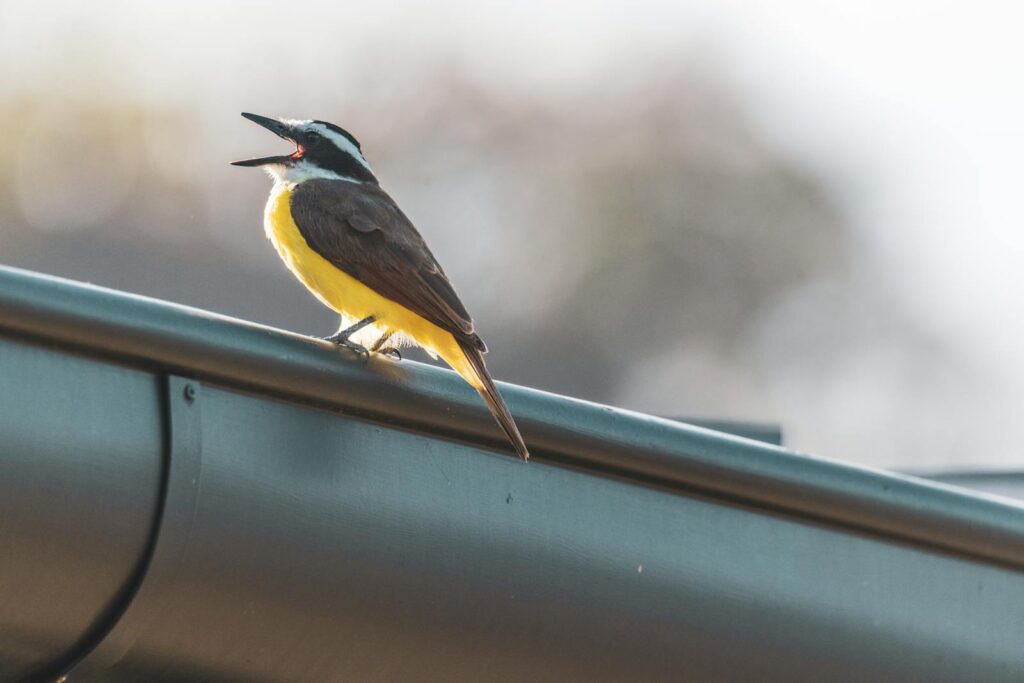
The production and perception of rhythm in birdsong rely on sophisticated neural circuits that have surprising parallels with human music processing pathways. In songbirds, specialized brain regions like the HVC (high vocal center) contain neurons that fire in precise temporal patterns, functioning essentially as biological metronomes. These timing circuits allow birds to produce rhythmically structured songs with millisecond precision, a feat requiring extraordinary neural coordination. Neuroimaging studies have revealed that when birds listen to conspecific songs, neurons in auditory processing regions synchronize with the rhythm of incoming vocalizations, demonstrating active rhythmic processing. This neural synchronization helps birds extract meaningful patterns from complex acoustic environments and may explain their ability to maintain rhythmic coherence even in noisy settings where other song components become degraded.
Developmental Acquisition of Rhythm
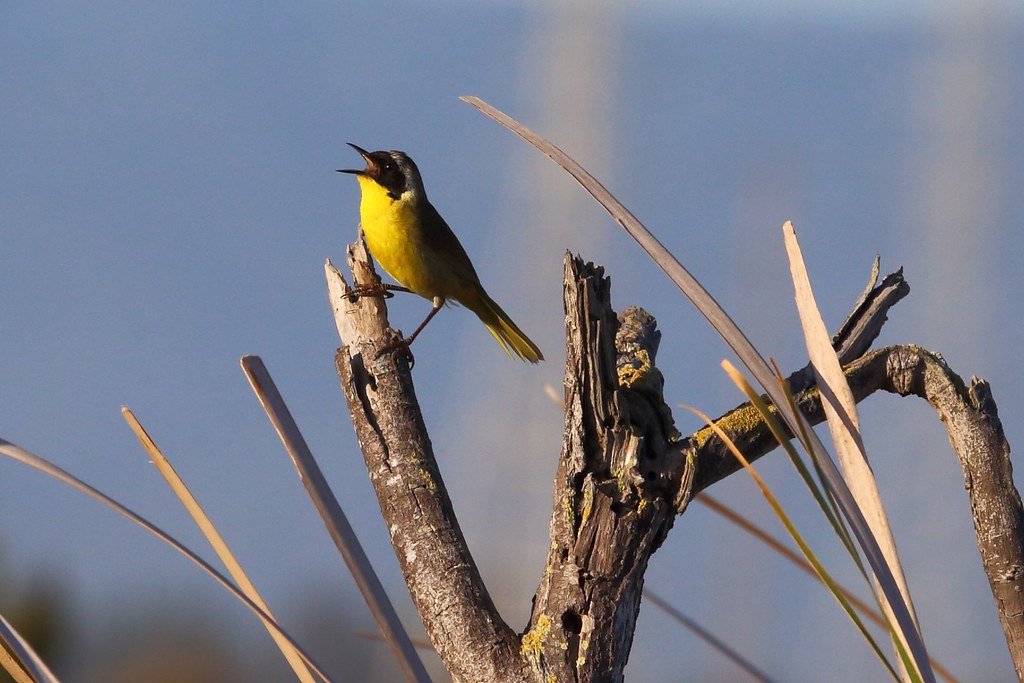
Young songbirds must learn not only the notes of their species’ songs but also the precise rhythmic patterns that organize these notes into meaningful communication. This learning process typically occurs during a critical period early in development when juvenile birds listen to adult tutors and gradually refine their own vocalizations. Initially, young birds produce highly variable songs lacking consistent rhythm, but through thousands of practice repetitions, they gradually stabilize the temporal structure of their songs. Research with isolated birds raised without tutors shows they develop songs with abnormal rhythmic patterns, highlighting the importance of social learning for proper rhythmic development. Studies tracking brain activity during song learning reveal that rhythmic precision improves as neural circuits mature and become increasingly specialized for temporal processing.
Geographic Variations in Rhythmic Patterns
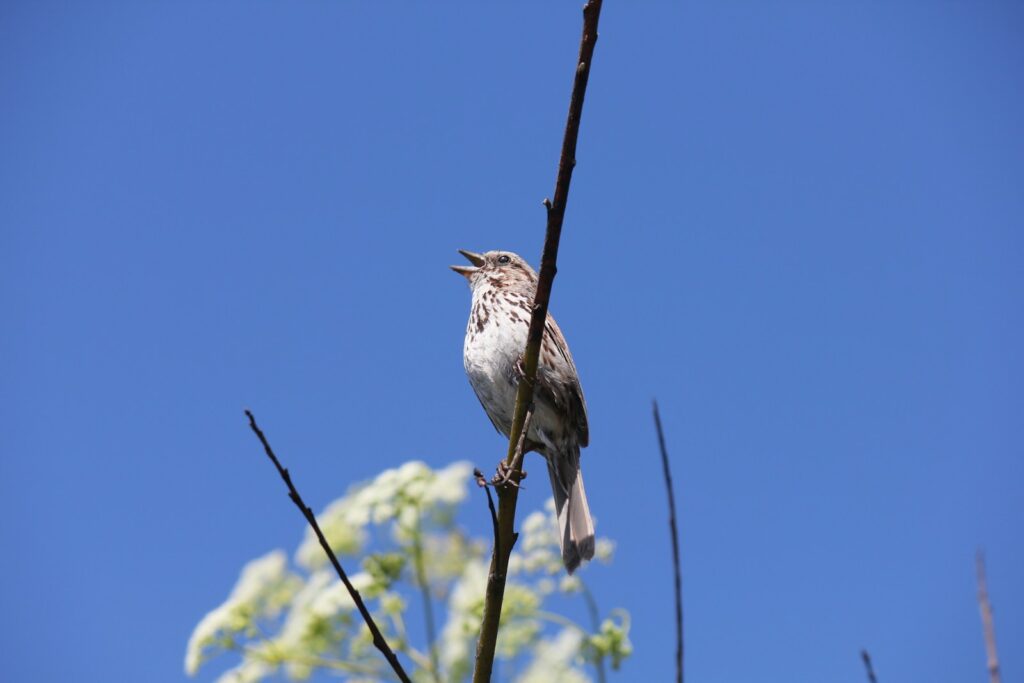
Birdsong rhythms often vary geographically across a species’ range, creating regional “dialects” with distinctive temporal characteristics. These rhythmic dialects develop through cultural transmission as young birds learn from local adult tutors, gradually establishing population-specific patterns. In California’s white-crowned sparrows, northern populations typically sing songs with slower, more deliberate rhythms compared to their southern counterparts who favor faster, more compressed rhythmic patterns. These geographic variations provide ornithologists with valuable information about population boundaries and historical patterns of dispersal within species. Interestingly, when birds from different regions are brought together in laboratory settings, their offspring often develop hybrid rhythmic patterns that incorporate elements from both parental dialects, demonstrating the flexible nature of rhythmic learning.
Rhythm in Non-Vocal Communication
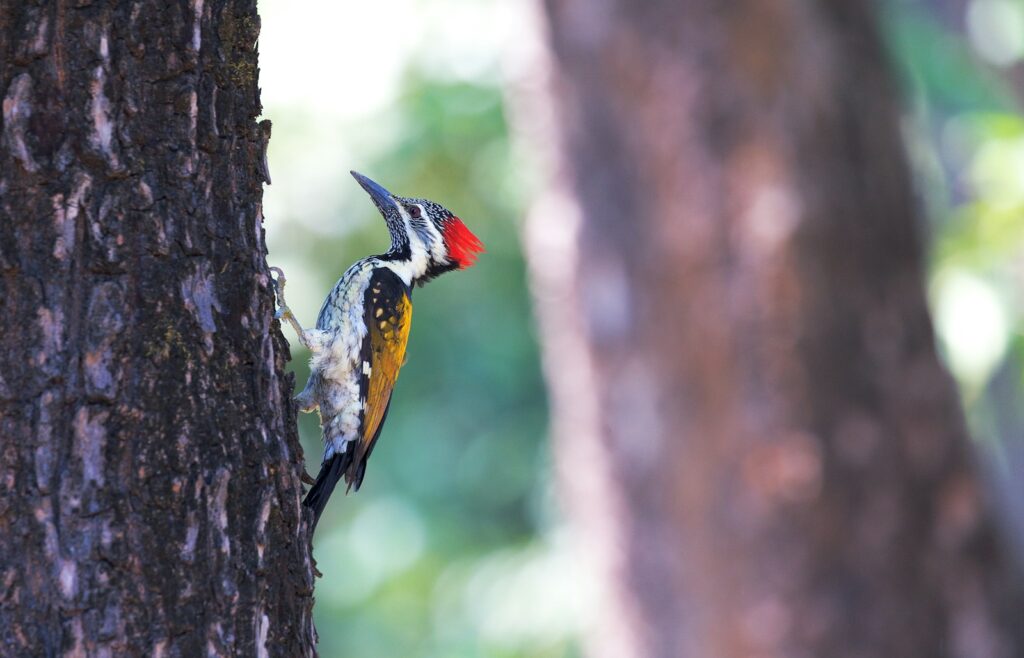
Beyond vocalization, many birds employ rhythm in non-vocal communication channels that serve comparable functions to song. Woodpeckers drum on resonant surfaces with species-specific rhythmic patterns that function as territorial announcements and mate attraction signals. The ruffed grouse performs “drumming displays” by beating its wings in accelerating rhythmic sequences that create distinctive sonic patterns carrying over long distances in dense forests. Manakins and birds of paradise incorporate precise rhythmic movements into elaborate courtship dances, with feet stomping and wing movements executed with remarkable temporal precision. These non-vocal rhythmic behaviors demonstrate that rhythm represents a fundamental communication strategy in avian biology that extends beyond the specialized vocal learning pathways of songbirds.
Rhythm’s Role in Territory Defense

Male birds use rhythmic consistency and complexity to signal territorial boundaries and deter potential intruders from contested areas. Birds with more consistent rhythmic patterns and greater temporal precision often maintain larger territories and experience fewer territorial incursions from competitors. When researchers experimentally manipulate recorded songs to disrupt natural rhythmic patterns, territorial birds respond less aggressively than they do to rhythmically intact songs, suggesting reduced perception of the modified songs as serious threats. Some species even adjust their rhythmic patterns contextually, using faster, more aggressive rhythms during territorial confrontations compared to more relaxed patterns during routine boundary maintenance. This strategic deployment of rhythm demonstrates its importance as a communication tool that helps birds manage spatial relationships with minimal physical confrontation.
Comparing Rhythm Across Bird Families
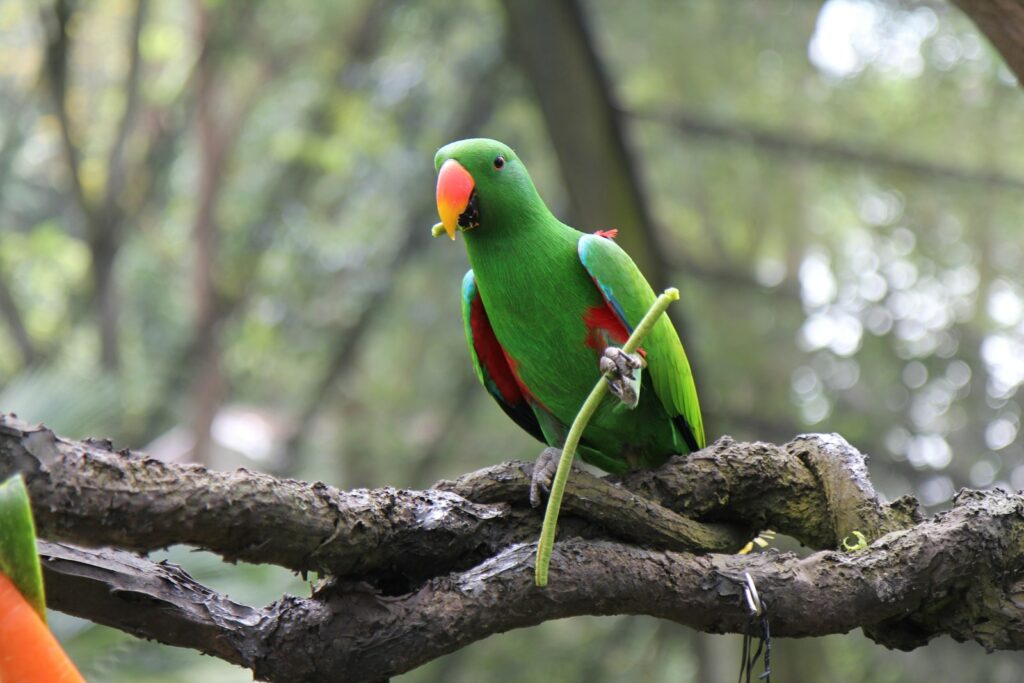
Different bird families have evolved distinctive approaches to rhythm that reflect their evolutionary history and ecological niches. Parrots, with their exceptional cognitive abilities, often produce highly variable rhythmic patterns that they can modify contextually and even match to environmental sounds like human music. Thrushes typically employ consistent rhythms with regular pauses that create a distinctive musical quality appreciated by human listeners. Flycatchers and other insectivorous birds frequently use shorter, more repetitive rhythmic patterns that prioritize clarity over complexity in open habitats. Comparative studies across families reveal that rhythmic complexity often correlates with factors like brain size, social complexity, and habitat density, with more sophisticated temporal patterns emerging in species facing more complex communication challenges.
Environmental Influences on Rhythmic Expression

Birds actively adjust their rhythmic patterns in response to environmental conditions to maximize communication effectiveness. In noisy urban environments, birds often slow their tempo and emphasize rhythmic distinctiveness to counteract acoustic masking from traffic and human activity. During dawn chorus, when many species sing simultaneously, individual birds frequently modify their rhythmic timing to create temporal windows between competitors’ songs, reducing overlap and improving signal transmission. Seasonal changes also influence rhythmic expression, with many species increasing tempo and rhythmic complexity during peak breeding season when mate attraction pressures intensify. These adaptable responses to environmental challenges demonstrate that rhythm represents a dynamic communication parameter that birds can strategically modify rather than a fixed acoustic feature.
Parallels Between Birdsong Rhythm and Human Music
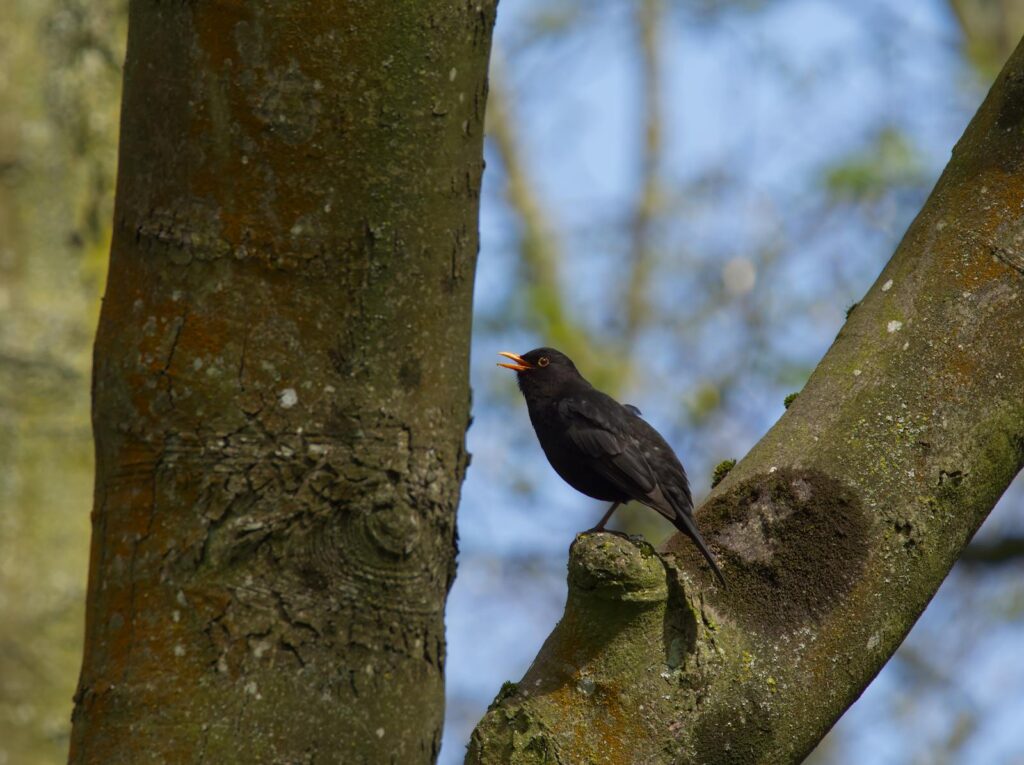
The rhythmic structures found in birdsong share remarkable parallels with human musical traditions, suggesting potential convergent evolution of temporal processing mechanisms. Both birds and humans organize sounds into hierarchical rhythmic structures with regular beats and groupings that create predictable patterns for listeners. Many songbirds demonstrate capabilities for maintaining tempo, creating regular stress patterns (similar to our concepts of meter), and even incorporating rhythmic variations analogous to syncopation in human music. Neuroscientific research has revealed similarities in how avian and human brains process rhythmic information, with specialized circuits for temporal prediction and synchronization in both groups. These parallels have inspired composers throughout history, from Vivaldi and Beethoven to contemporary musicians who incorporate birdsong elements into their compositions, creating a fascinating artistic dialogue between human and avian rhythmic sensibilities.
Conservation Implications of Rhythmic Studies
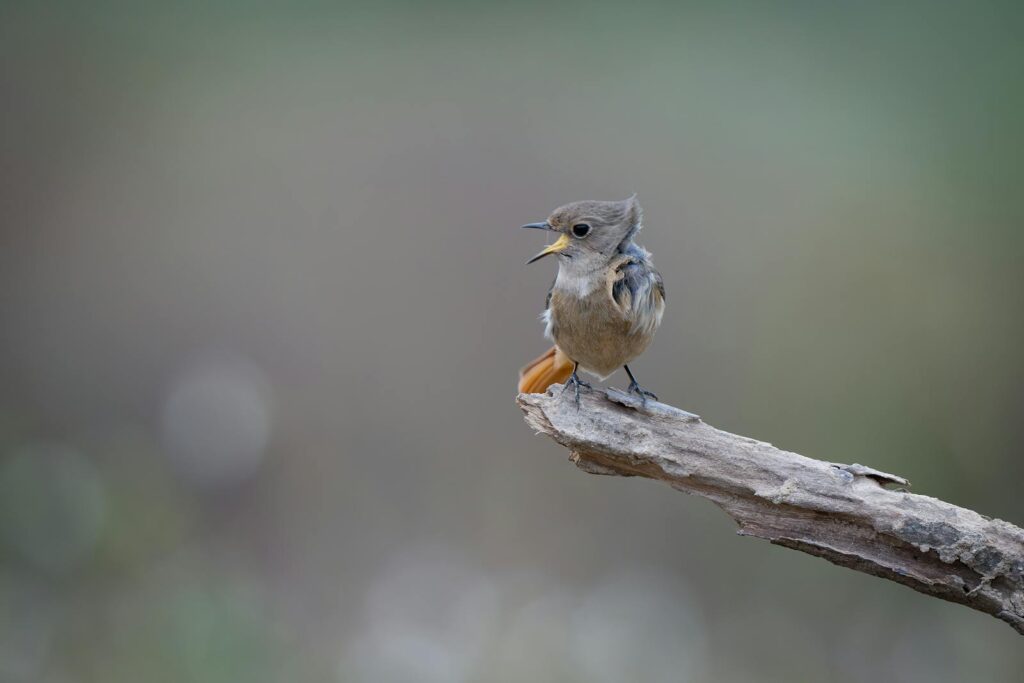
Understanding the role of rhythm in birdsong has important implications for conservation efforts focused on threatened avian species. Disruptions to natural rhythmic patterns can serve as early indicators of environmental stress before population declines become evident through traditional monitoring methods. Noise pollution that masks rhythmic structure may have more significant impacts on communication effectiveness than previously recognized, potentially affecting breeding success in urban and suburban bird populations. Conservation breeding programs increasingly incorporate rhythmic analysis in their assessments of behavioral health, as abnormal temporal patterns often indicate stress or developmental problems in captive birds. By monitoring changes in rhythmic expression across time, researchers can gain insights into how bird populations are adapting to changing environments and which species might require targeted conservation interventions.
The study of rhythm in birdsong opens a window into the sophisticated communication systems that birds have evolved over millions of years. Far from being merely decorative, rhythmic structures serve vital biological functions—from species identification and mate selection to territory defense and individual recognition. As research continues to reveal the neural mechanisms and behavioral significance of avian rhythmic processing, we gain deeper appreciation for birds not simply as producers of pleasant melodies but as masters of temporal organization. These insights not only enhance our understanding of avian communication but also illuminate possible evolutionary origins of rhythmic processing in other species, including humans. In the complex symphony of nature, the rhythmic foundations of birdsong represent both a beautiful expression of biodiversity and a remarkable example of convergent evolution in acoustic communication systems.
